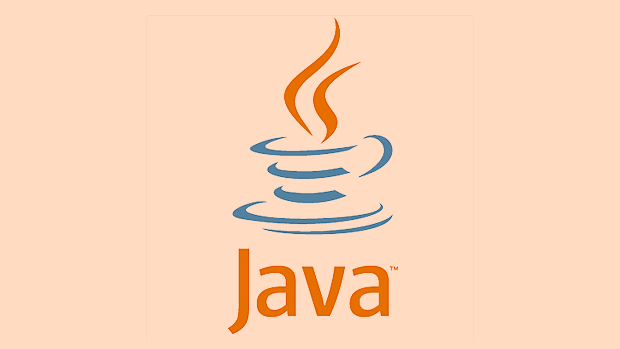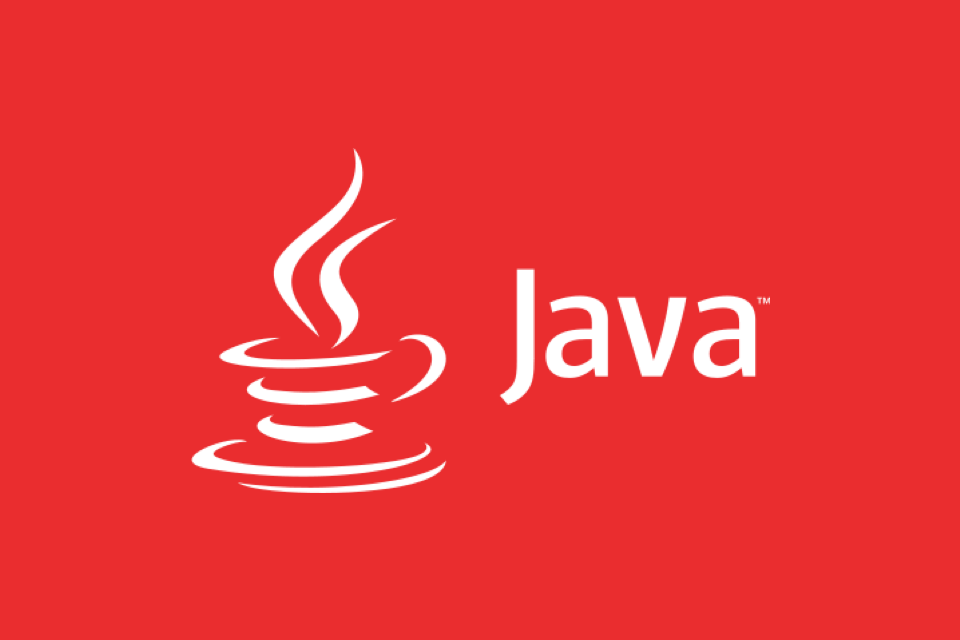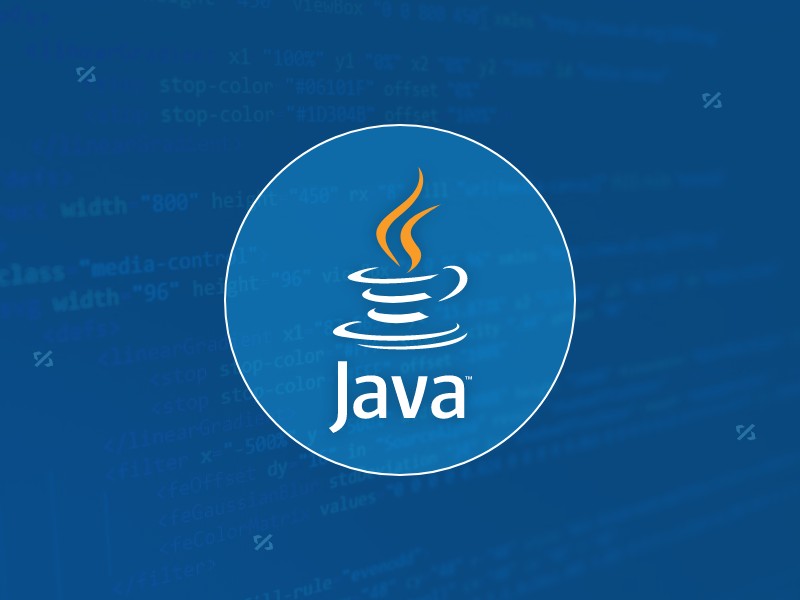Implementing Java Serialization and Deserialization
Jul 07, 2025 am 01:32 AMJava serialization is the process of converting an object into a byte stream for storage or transmission, while deserialization is the process of restoring an object. 1. Implement the Serializable interface to enable serialization; 2. Use ObjectOutputStream to write objects to a file or network; 3. Use transient keyword to exclude sensitive fields; 4. Define serialVersionUID to improve class version compatibility; 5. Deserialization requires ObjectInputStream and ensure that the class path exists; 6. Nested objects also need to implement Serializable; 7. Avoid deserializing untrusted data to prevent security risks. Note that native serialization performance is low, and it is recommended to use JSON or binary protocol instead in large-scale scenarios.

Java serialization and deserialization are very common in actual development, especially when you need to save the object state or transfer objects on the network. Simply put, serialization is to convert the object into a byte stream, and deserialization is to restore the byte stream to an object . If you are dealing with persistence or remote calls of Java objects, this step is almost inaccessible.

Let’s take a look at how to implement these two operations in Java, as well as some things to pay attention to.

What is Java serialization?
Java serialization refers to the process of converting a Java object into a sequence of bytes. This process can save the state of the object, such as writing to a file, transferring over the network, or storing it into a database. To implement serialization, the easiest way is to let the class implement the Serializable interface.
public class User implements Serializable {
private String name;
private int age;
//Constructor method, getter and setter omitted} Note: Serializable is a tag interface and there is no method to implement. It just tells the JVM that this class can be serialized.

How to serialize objects?
To truly turn an object into a byte stream, you need to use ObjectOutputStream . Usually we will write files with FileOutputStream :
User user = new User("Alice", 25);
try (ObjectOutputStream oos = new ObjectOutputStream(new FileOutputStream("user.ser"))) {
oos.writeObject(user);
} catch (IOException e) {
e.printStackTrace();
}Some things to note:
- If certain fields in the class do not require serialization (such as sensitive information), they can be modified with the
transientkeyword. - If the class structure changes (such as adding fields), deserialization may fail by default. Compatibility can be controlled by defining
serialVersionUID. - Static variables are not serialized because they belong to classes rather than objects.
Deserialization: How to restore an object from a byte stream?
With the user.ser file generated earlier, we can use ObjectInputStream to read the object back:
try (ObjectInputStream ois = new ObjectInputStream(new FileInputStream("user.ser"))) {
User user = (User) ois.readObject();
System.out.println(user.getName()); // Output Alice
} catch (IOException | ClassNotFoundException e) {
e.printStackTrace();
}Here are a few details to note:
- You must make sure that the deserialized class exists in the current classpath, otherwise
ClassNotFoundExceptionwill be thrown. - If you modify the class structure (such as delete a field), but want to be compatible with old data, remember to keep the same
serialVersionUID. - If other custom objects are nested in the object, these nested objects must also implement the
Serializableinterface.
FAQs and Suggestions
Why is the deserialized object value wrong?
Check whether thetransientfield is used, or whether the class structure has incompatible changes.Can we do serialization without implementing
Serializable?
Third-party libraries such as Gson, Jackson, or Protobuf can be used, but nativeSerializableis more suitable for local object persistence.How is the performance?
Java native serialization efficiency is not high, especially in large data volume or high-frequency network communication scenarios, it is recommended to consider alternatives.What should you pay attention to in terms of safety?
Don't deserialize untrusted data casually, because malicious code may be executed. Especially when receiving external input, be sure to make sure to perform checksum isolation.
In general, Java native serialization mechanisms, while simple to use, are limited in flexibility, performance, and security. It is sufficient for most internal systems or small-scale applications, but if performance requirements are high or cross-language support is required, you can consider JSON or binary protocols. Basically all this is it, it is not complicated to use but it is easy to ignore details.
The above is the detailed content of Implementing Java Serialization and Deserialization. For more information, please follow other related articles on the PHP Chinese website!

Hot AI Tools

Undress AI Tool
Undress images for free

Undresser.AI Undress
AI-powered app for creating realistic nude photos

AI Clothes Remover
Online AI tool for removing clothes from photos.

Clothoff.io
AI clothes remover

Video Face Swap
Swap faces in any video effortlessly with our completely free AI face swap tool!

Hot Article

Hot Tools

Notepad++7.3.1
Easy-to-use and free code editor

SublimeText3 Chinese version
Chinese version, very easy to use

Zend Studio 13.0.1
Powerful PHP integrated development environment

Dreamweaver CS6
Visual web development tools

SublimeText3 Mac version
God-level code editing software (SublimeText3)

Hot Topics
 Selecting Specific Columns | Performance Optimization
Jun 27, 2025 pm 05:46 PM
Selecting Specific Columns | Performance Optimization
Jun 27, 2025 pm 05:46 PM
Selectingonlyneededcolumnsimprovesperformancebyreducingresourceusage.1.Fetchingallcolumnsincreasesmemory,network,andprocessingoverhead.2.Unnecessarydataretrievalpreventseffectiveindexuse,raisesdiskI/O,andslowsqueryexecution.3.Tooptimize,identifyrequi
 What is the `enum` type in Java?
Jul 02, 2025 am 01:31 AM
What is the `enum` type in Java?
Jul 02, 2025 am 01:31 AM
Enums in Java are special classes that represent fixed number of constant values. 1. Use the enum keyword definition; 2. Each enum value is a public static final instance of the enum type; 3. It can include fields, constructors and methods to add behavior to each constant; 4. It can be used in switch statements, supports direct comparison, and provides built-in methods such as name(), ordinal(), values() and valueOf(); 5. Enumeration can improve the type safety, readability and flexibility of the code, and is suitable for limited collection scenarios such as status codes, colors or week.
 Applying Semantic Structure with article, section, and aside in HTML
Jul 05, 2025 am 02:03 AM
Applying Semantic Structure with article, section, and aside in HTML
Jul 05, 2025 am 02:03 AM
The rational use of semantic tags in HTML can improve page structure clarity, accessibility and SEO effects. 1. Used for independent content blocks, such as blog posts or comments, it must be self-contained; 2. Used for classification related content, usually including titles, and is suitable for different modules of the page; 3. Used for auxiliary information related to the main content but not core, such as sidebar recommendations or author profiles. In actual development, labels should be combined and other, avoid excessive nesting, keep the structure simple, and verify the rationality of the structure through developer tools.
 What is the JDK?
Jun 25, 2025 pm 04:05 PM
What is the JDK?
Jun 25, 2025 pm 04:05 PM
JDK (JavaDevelopmentKit) is a software development environment for developing Java applications and applets. It contains tools and libraries required to compile, debug and run Java programs. Its core components include Java compiler (javac), Java runtime environment (JRE), Java interpreter (java), debugger (jdb), document generation tools (javadoc) and packaging tools (such as jar and jmod). Developers need JDK to write, compile Java code and develop with the help of IDE; without JDK, Java applications cannot be built or modified. You can enter javac-version and java-version in the terminal
 VSCode debugger for Java setup guide
Jul 01, 2025 am 12:22 AM
VSCode debugger for Java setup guide
Jul 01, 2025 am 12:22 AM
The key steps in configuring the Java debugging environment on VSCode include: 1. Install JDK and verify; 2. Install JavaExtensionPack and DebuggerforJava plug-in; 3. Create and configure the launch.json file, specify mainClass and projectName; 4. Set up the correct project structure to ensure the source code path and compilation output are correct; 5. Use debugging techniques such as Watch, F8/F10/F11 shortcut keys and methods to deal with common problems such as class not found or JVM attachment failure.
 XML rules: Common errors to avoid
Jun 22, 2025 am 12:09 AM
XML rules: Common errors to avoid
Jun 22, 2025 am 12:09 AM
Methods to avoid XML errors include: 1. Ensure that the elements are nested correctly, 2. Escape special characters. Correct nesting avoids parsing errors, while escape characters prevent document corruption, using an XML editor can help maintain structural integrity.
 How do I set up VS Code for Java development?
Jun 29, 2025 am 12:23 AM
How do I set up VS Code for Java development?
Jun 29, 2025 am 12:23 AM
To use VSCode for Java development, you need to install the necessary extensions, configure the JDK and set up the workspace. 1. Install JavaExtensionPack, including language support, debugging integration, build tools and code completion functions; optional JavaTestRunner or SpringBoot extension package. 2. Install at least JDK17 and verify through java-version and javac-version; set the JAVA_HOME environment variable, or switch multiple JDKs in the status bar at the bottom of VSCode. 3. After opening the project folder, make sure the project structure is correct and enable automatic saving, adjust the formatting rules, enable code checking, and configure the compilation task to optimize the opening.
 Windows search bar not typing
Jul 02, 2025 am 10:55 AM
Windows search bar not typing
Jul 02, 2025 am 10:55 AM
When the Windows search bar cannot enter text, common solutions are: 1. Restart the Explorer or computer, open the Task Manager to restart the "Windows Explorer" process, or restart the device directly; 2. Switch or uninstall the input method, try to use the English input method or Microsoft's own input method to eliminate third-party input method conflicts; 3. Run the system file check tool, execute the sfc/scannow command in the command prompt to repair the system files; 4. Reset or rebuild the search index, and rebuild it through the "Index Options" in the "Control Panel". Usually, we start with simple steps first, and most problems can be solved step by step.






